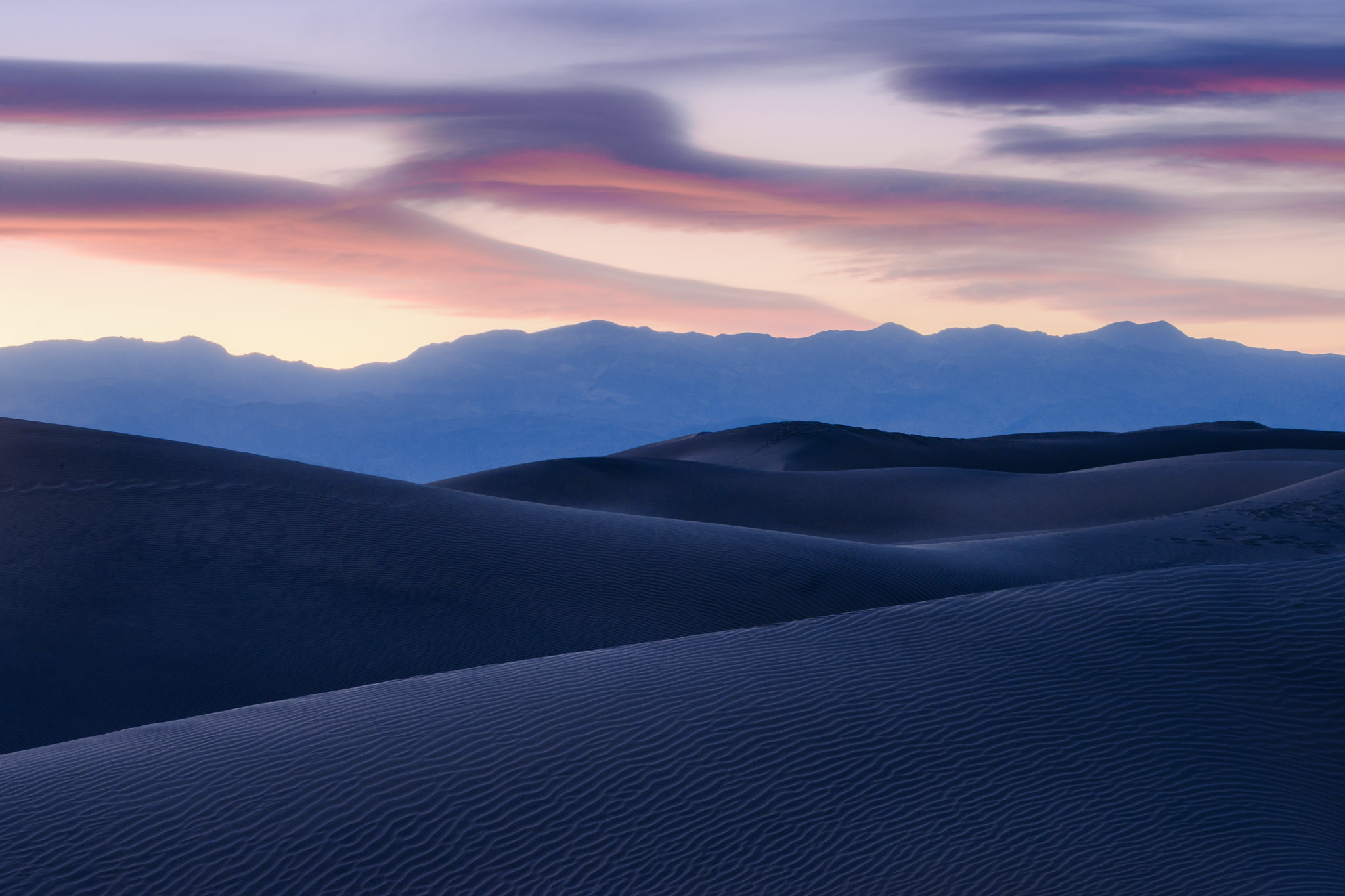Art Salmi: Discovering Creative Insights
Explore the world of art and creativity with insightful articles and inspiration.
Chasing Shadows: How Landscape Photography Transforms Light into Art
Discover how landscape photography turns fleeting light into breathtaking art—join us on a journey to capture nature's hidden beauty!
Exploring the Play of Light: Techniques for Capturing Dynamic Landscapes
Capturing dynamic landscapes requires a keen eye for light and how it interacts with the environment. One effective technique is to shoot during the golden hour, which occurs shortly after sunrise and before sunset. During these times, the soft, warm light casts long shadows and enriches colors, lending a magical quality to your images. Additionally, consider using backlighting, where the light source is behind the subject. This technique creates stunning silhouettes and highlights textures, particularly in foliage and water. Remember to experiment with angles and compositions to enhance the play of light in your photographs.
Another vital aspect in exploring the play of light is understanding the weather and how it impacts landscape photography. Overcast days can create a diffused light that minimizes harsh shadows, perfect for capturing the intricate details of the landscape without distraction. Moreover, incorporating dynamic elements like moving clouds or rushing water can introduce a sense of motion and life to your images. Don’t forget to adjust your camera settings accordingly; using a fast shutter speed can freeze movement, while a slower speed can create beautiful blur effects that emphasize the dynamism of the scene. Ultimately, the interplay of light and landscape can transform a simple photo into a compelling narrative.

From Sunsets to Storms: How Different Lighting Conditions Affect Landscape Photography
Lighting can dramatically influence the mood and aesthetics of landscape photography. From the warm hues of sunsets to the dramatic contrasts during storms, each lighting condition offers unique opportunities for capturing breathtaking scenes. During a sunset, the golden hour casts a magical glow, enriching colors and creating long shadows that enhance the textures of the landscape. This time is ideal for photographers looking to convey a sense of calm and beauty. In contrast, the twilight hours can produce stunning silhouettes against a fiery sky, making them perfect for dramatic compositions.
On the other hand, stormy conditions present a whole different realm of possibilities. The moody skies and dynamic light can evoke feelings of drama and intensity in your photographs. As the storm approaches, soft, diffused light often leads to vibrant colors and striking contrasts. Using techniques such as long exposures can capture the movement of clouds or raindrops, adding a sense of motion to still images. Whether it’s the tranquility of a sunset or the chaos of an impending storm, understanding how to adapt your photography technique to fit these conditions is key to creating captivating landscape images.
What Makes a Landscape Photograph Truly Transformative?
When considering what makes a landscape photograph truly transformative, one must first recognize the power of composition. A well-composed image guides the viewer's eye and evokes emotions that resonate on a deeper level. Elements such as leading lines, the Rule of Thirds, and unique focal points can make all the difference. Moreover, the use of natural lighting adds a sense of vibrancy and mood that can shift the viewer's perspective. For example, capturing the golden hour can imbue a scene with warmth and serenity, making it more inviting and immersive.
In addition to composition and lighting, the choice of color palette plays a critical role in creating a transformative landscape photograph. The harmonious blend of colors can invoke feelings of tranquility or excitement, drawing the viewer into the scene. A photograph that utilizes contrasting colors can create a striking visual impact, making it unforgettable. Ultimately, a truly transformative landscape image not only captures the physical beauty of the scene but also evokes an emotional response, allowing the viewer to experience a connection with nature that transcends the visual medium.